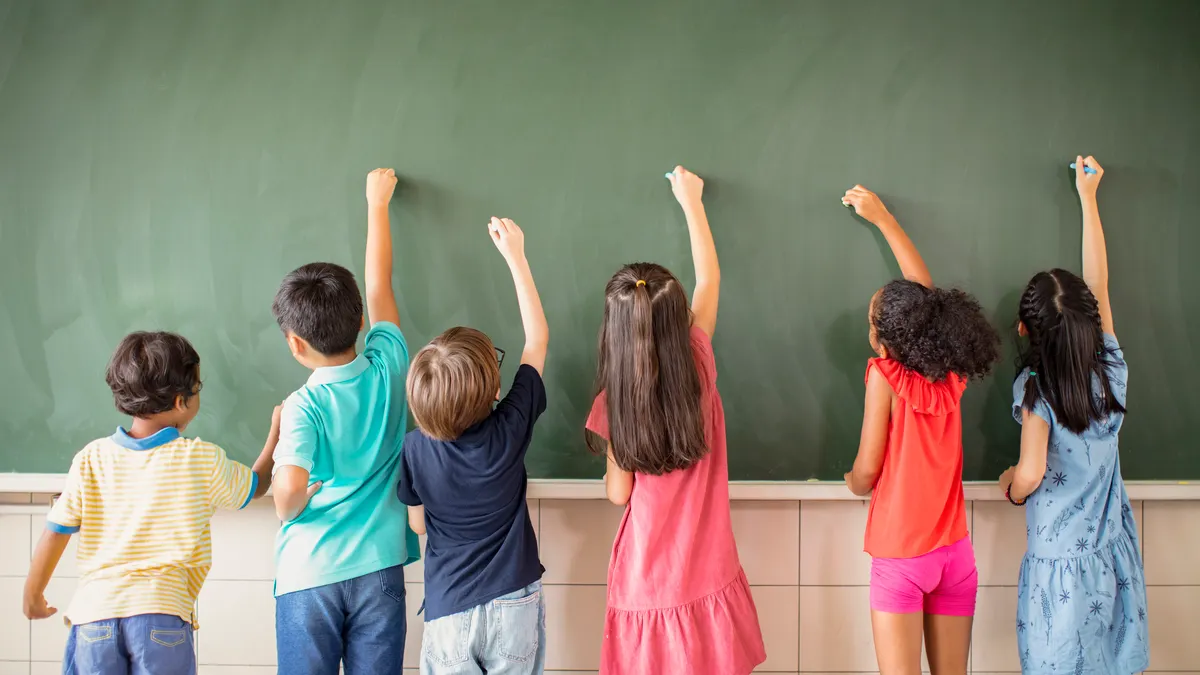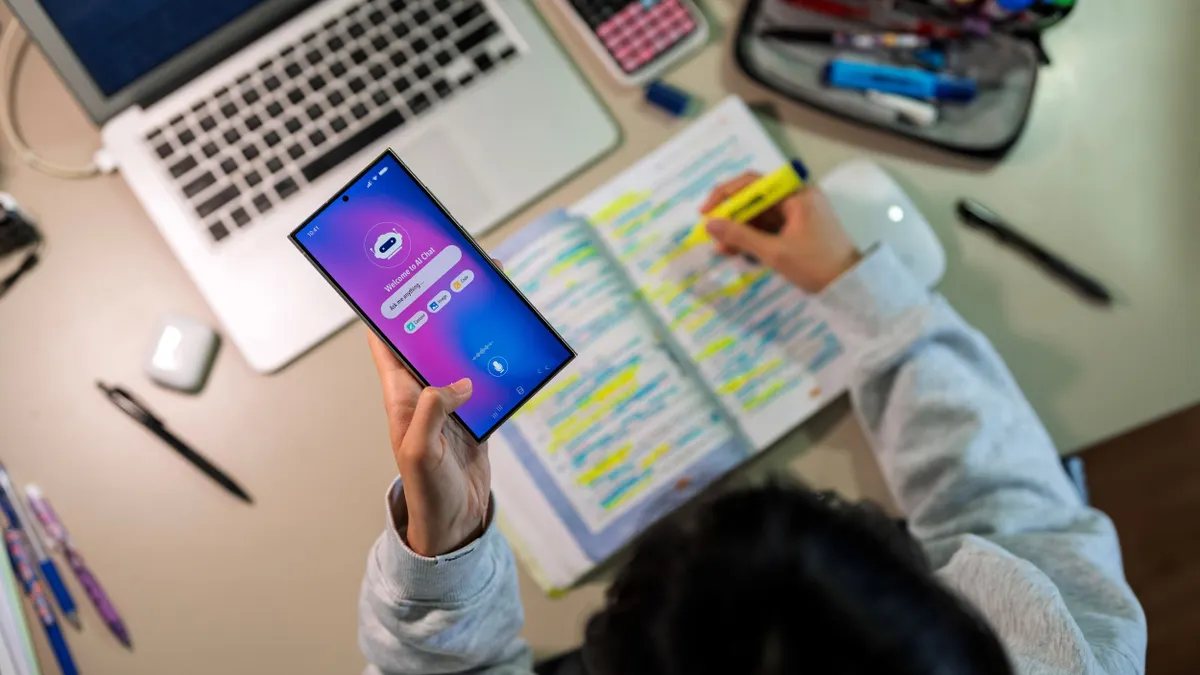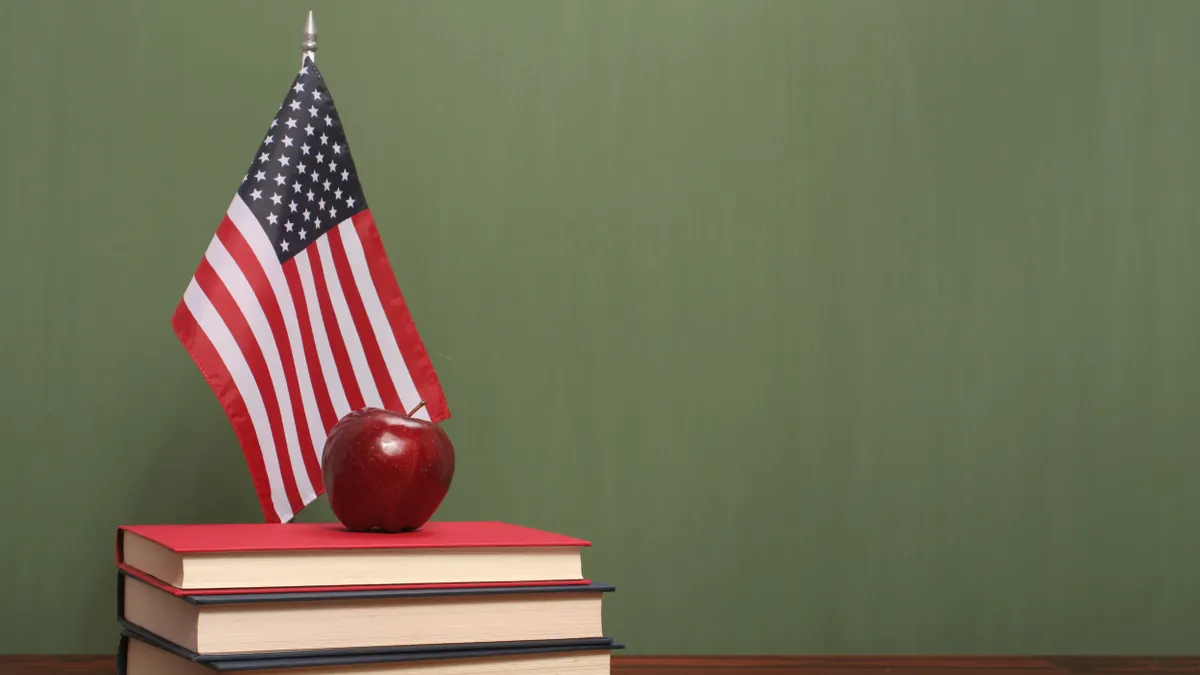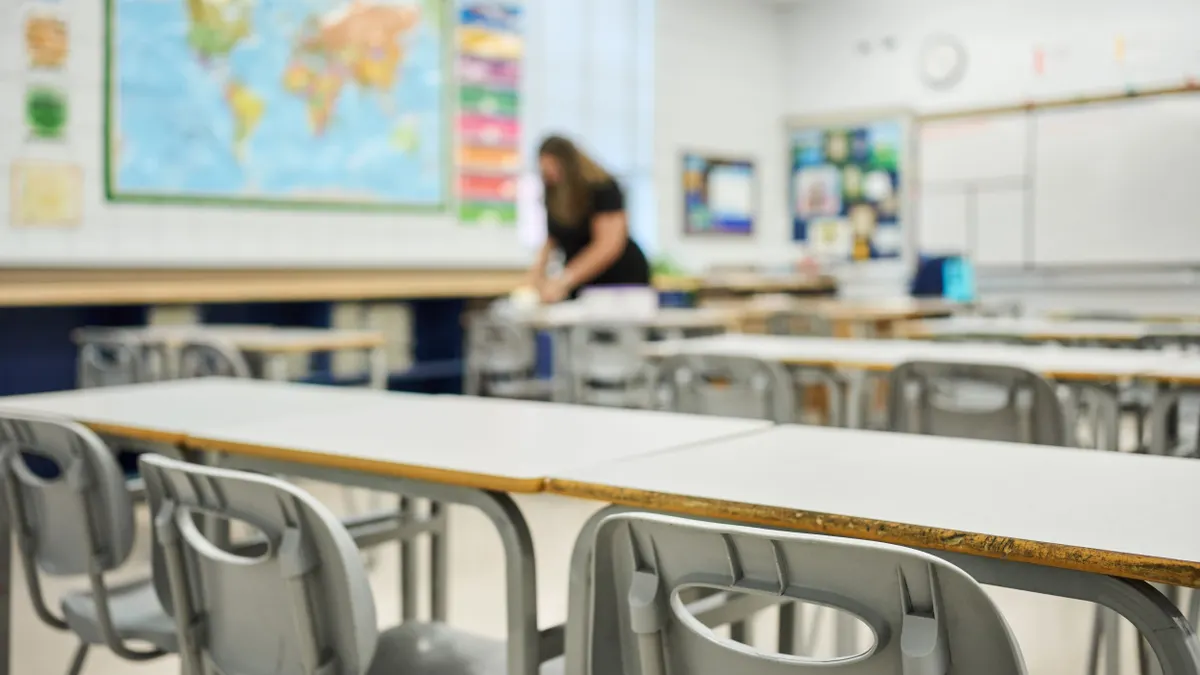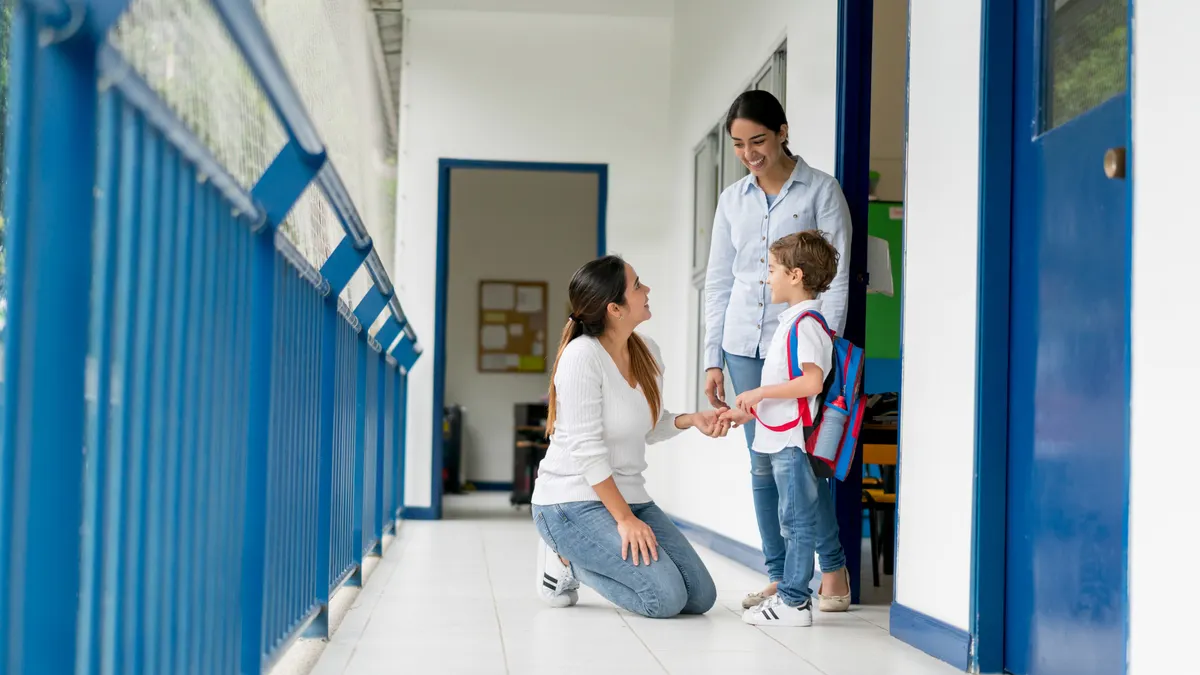Stand-alone social-emotional learning (SEL) programs can lead to better student behavior and boost academic growth, but educators need more guidance and training on how to blend SEL into their teaching, according to a midterm report released today from the Aspen Institute’s National Commission on Social, Emotional and Academic Development.
Launched in the fall of 2016, the 25-member commission — including educators, policymakers, business leaders and military officials — has brought together both scientists and school leaders to review research on how social and emotional development affects learning and how to best apply that research in the classroom. Over the past year, the commission has conducted site visits, focus groups and literature reviews to come to a consensus on how learning is integrated with social and emotional development.
“Child rearing begins at home, but it has to be complemented every step of the way,” James Comer of Yale University, a commission member and a pioneer in leading efforts to improve school climates for disadvantaged students, said in a conference call with reporters Monday. He added that advances in brain science have enhanced the work that he has been doing for 50 years. “All of the institutions along the developmental pathway have to be involved.”
Tim Shriver, co-chair of the commission called the work the “broadest coalition for an educational reform agenda potentially ever assembled, at least in recent decades.” But, he added, “We haven’t figured out the politics of how to fix schools,” and that hopefully the commission “will help us break that logjam.”
SEL efforts must also include teachers
The report released today, “How Learning Happens: Supporting Students’ Social, Emotional and Academic Development,” highlights what the commission sees as increasing demands for students to be able to “think critically and solve problems, communicate effectively, collaborate and resolve conflict, and be a lifelong learner,” and it notes milestones, such as states including a nonacademic indicator of student success, like attendance rates, in their accountability plans under the Every Student Succeeds Act.
SEL efforts must also extend outside of the classroom to include the school community and parents, the report says, adding that teachers, administrators and others who work with youth need to focus on their own social, emotional and mental health in order support students in these areas.
“It’s hard for someone to give what they don’t have,” Atlanta Public Schools Superintendent Meria Carstarphen says in the report. She is a member of the commission and its Council of Distinguished Educators, a 34-member group that has been working on how to implement SEL programs at the district and school level.
“You can’t assume that, just because they’re adults, they have the skills and the mindsets they need to model healthy behaviors and understand the core knowledge of social-emotional learning,” she adds. “It’s a wonderful thing when adults and kids can grow together.”
Ellen Moir, CEO of the New Teacher Center and a member of the commission, adds in the report that teacher preparation programs should also emphasize the social and emotional skills that teachers need to create classrooms that are both caring and rigorous.
Shelley Berman, superintendent of the Andover Public Schools (MA) and also a member of the commission’s Council of Distinguished Educators, described efforts in his district to increase professional development for teachers on topics such as conflict resolution and collaboration and to implement practices in the classroom such as morning meetings and classroom decision making.
“Teachers respond incredibly well to this work,” he said. “They came to teaching because they love kids.”
Parents' and students' perspectives
The authors stress that SEL efforts should recognize students’ diversity and culture, and that how to implement SEL programs for all students while also targeting the needs of those who have experienced trauma or adversity is a question that requires more exploration.
Throughout 2018, the commission’s three subcommittees — partnerships and coalition building, practice and innovation, and policy — will continue to seek input before a final “Report from the Nation” is released.
On April 6, the commission is scheduled to release a report on what parents and students have to say about these efforts in their schools and communities. The commission will also soon release a “next generation research agenda” that will further address questions about how and when SEL should be assessed, said Stephanie Jones, a professor at the Harvard Graduate School of Education and member of the commission’s Council of Distinguished Scientists.
Members of the public are invited to share their input at this survey link on how they are involved in SEL efforts as well as their ideas for final recommendations.









